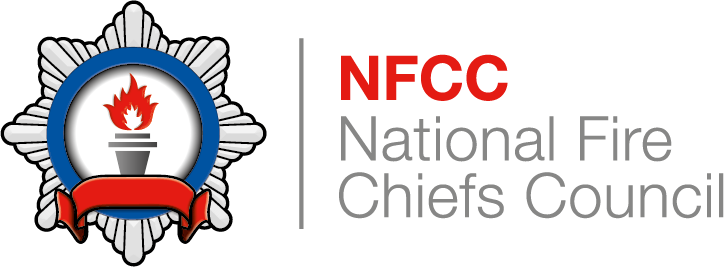Glossary
| Name | Acronym | Description |
|---|---|---|
| Strategic holding area | SHA | A location providing sufficient personnel and facilities for the reception and co-ordination of mutual aid and other supporting resources at major incidents. |
| Structural firefighting kit | The term for the PPE including helmet, fire hood, fire gloves, tunic, over trousers and boots suitable for firefighting. |
|
| Submerged person | A submerged person has been defined as someone whose mouth and nose are below the surface of the liquid they are in |
|
| Submersion | The act or process of going or being put under the surface of water or other liquid or the state of being under water or other liquid. |
|
| Supplementary restraint system | SRS | The collective term for systems in a mode of transport designed to protect occupants from an impact. |
| Survey meter | Used to monitor radiation levels where radioactive materials or other radiation sources are present. Generally, they are battery operated and portable. |
|
| Tactical adviser | TacAd | Trained and recognised specialists with specific references within local or National Resilience capabilities. |
| Tactical co-ordinating group | TCG | People operating at the tactical level should form this group, which should meet at an appropriate and mutually agreed location as soon as practicable. The location should be capable of providing appropriate administrative and technical support and be suitable for holding effective meetings. For some sites, pre-existing locations may have been identified. |
| Tactical mode | This indicates the decision by the incident commander about whether to deploy personnel in the hazard area or not. |
|
| Tactical withdrawal | Tactical withdrawal | If it is necessary to redeploy resources or move personnel away from risks, a tactical withdrawal of responders can be initiated. A tactical withdrawal does not require an evacuation signal or a full roll call. As personnel will still be in the hazard area, the tactical mode will still be ‘Offensive’. |
| Tail cone jettison system | In some aircraft, the tail cone can be jettisoned to deploy an evacuation slide. |
|
| Talk group | A group of users communicating over one or more radio channels. |
|
| Tall buildings | Tall buildings are those that are between 18 and 45m in height. |
|
| Technical rescue team | A team of personnel who employ specialist rescue tools and skills, with disciplines including rope rescue, swift water rescue, confined space rescue, cave rescue, trench or excavation rescue, and building collapse rescue. |
|
| Telemetry | The use of radio signals to transmit live and relevant data between a remote monitoring point and equipment, such as breathing apparatus (BA). |
|
| Thermal bowing | During a fire, heat can affect one side of a wall or floor causing thermal bowing resulting from the differential thermal expansion. |
|
| Thermal shock | Occurs when a material undergoing sudden changes in temperature develops internal stresses and strains that may cause cracking and eventually failure. |
|
| Topography | The physical appearance of the natural features of an area of land, especially the shape of its surface. |
|
| Tourniquet | A device for stopping the flow of blood through a vein or artery, typically by compressing a limb. If medical tourniquets are not available, bandages or other items can be used as an improvised tourniquet. |
|
| Trachea | Also known as the windpipe, this is the tube that carries air from the throat to the lungs. |
|
| Traction current | The electric power supply for rail vehicles, either delivered via rails or overhead line equipment. |
|
| Trigger point | A predesignated point in time, place or change in conditions, when tactics may need to be changed. Can also refer to a particular circumstance which causes an event. |
|
| UK Health Security Agency | UKHSA | Responsible for protecting every member of every community from the impact of infectious diseases, chemical, biological, radiological and nuclear incidents and other health threats. |
| Under air | When a person is breathing the air from the tank of their breathing apparatus (BA). This can also be referred to as ‘on air’ or ‘using air’. |
|
| Unmetalled | Referring to roads that have not been surfaced with a hard material such as metal, asphalt, or concrete. They are usually made of earth, gravel, or sand. |
